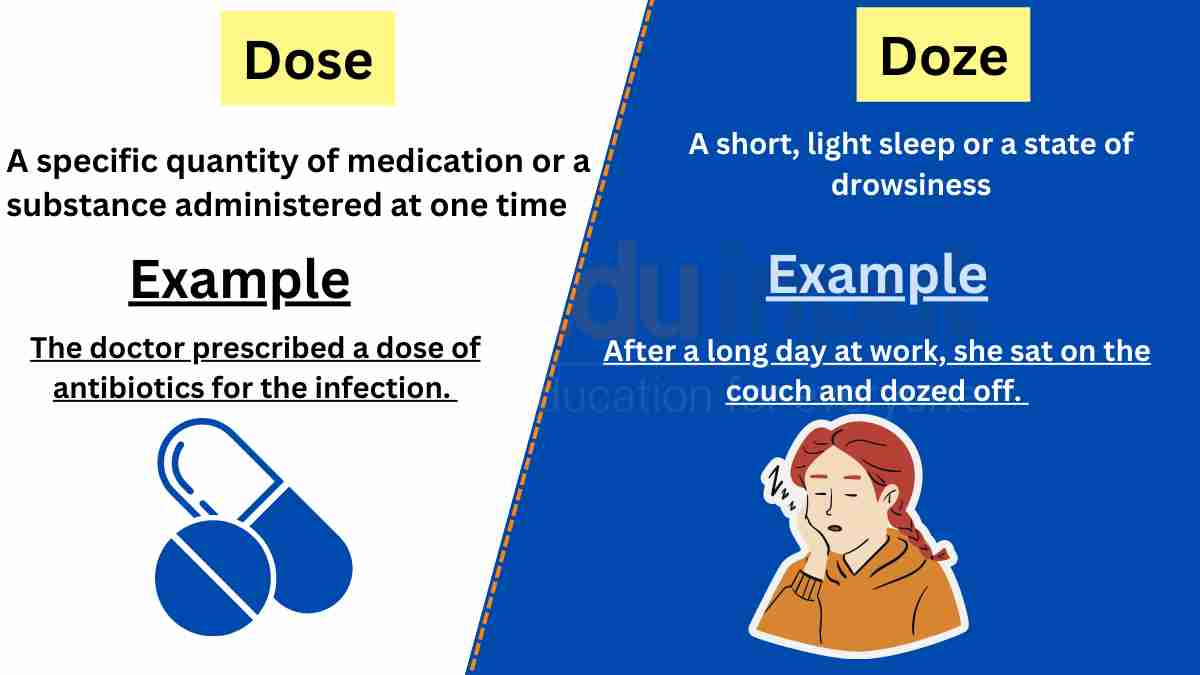Bad vs. Bade- Difference between with examples
In the English language, certain words may have similar spellings but possess different meanings and functions.
One such pair is “bad” and “bade.”

In this article, we will explore the definitions, differences, and contextual usage of these terms to gain a clearer understanding of their significance.
By discerning between “bad” and “bade,” we can effectively communicate negative qualities and past tense actions. Let’s delve into the contrasts between “bad” and “bade.”
Meanings and Examples
Bad Meaning
Adjective: Expressing a negative quality or undesirable state.
Bad Examples
- The weather was bad, with heavy rain and strong winds.
- He had a bad day at work due to a series of unfortunate events.
- Smoking is bad for your health.
- The movie received bad reviews from critics.
- It was a bad idea to leave the house without an umbrella.
Bade Meaning
Past tense of the verb “bid,” mainly used in older or more formal English. In this context, “bade” means to command, order, or give a greeting or farewell.
Bade Examples
- She bade farewell to her friends before leaving for her trip.
- He bade them welcome as they entered his home.
- The king bade his subjects to attend the royal celebration.
- The auctioneer bade for higher bids on the valuable artwork.
- She bade him goodnight before retiring to her room.
Differences between Bad and Bade
| Criteria | Bad | Bade |
| Meaning | Expressing a negative quality or undesirable state | Past tense of the verb “bid” (older or formal usage) |
| Part of Speech | Adjective | Past tense verb |
| Pronunciation | bæd | beɪd |
| Usage | Describing negative qualities or undesirable states | Expressing past tense actions of bidding or inviting |
Usage in a Paragraph
The rainy weather made her day bad as she got soaked on her way to work. She regretted not checking the weather forecast beforehand. The bad news of her grandmother’s illness brought sadness to the family. They gathered together to support each other during this difficult time. Despite the bad circumstances, they remained hopeful for her recovery.
In the medieval castle, the king bade his loyal subjects to attend the grand feast in honor of his son’s wedding. The herald stood at the entrance and bade each guest welcome as they arrived. The queen, dressed in an elegant gown, bade farewell to her daughter as she embarked on a diplomatic journey to a neighboring kingdom. The king bade his trusted advisor to handle matters in his absence.
By understanding the differences between “bad” and “bade,” we can accurately convey negative qualities and past tense actions. “Bad” describes negative qualities or undesirable states, while “bade” is the past tense form of the verb “bid,” mainly used in older or formal English. By using these terms appropriately, we can effectively communicate negative circumstances and actions that occurred in the past.







Leave a Reply